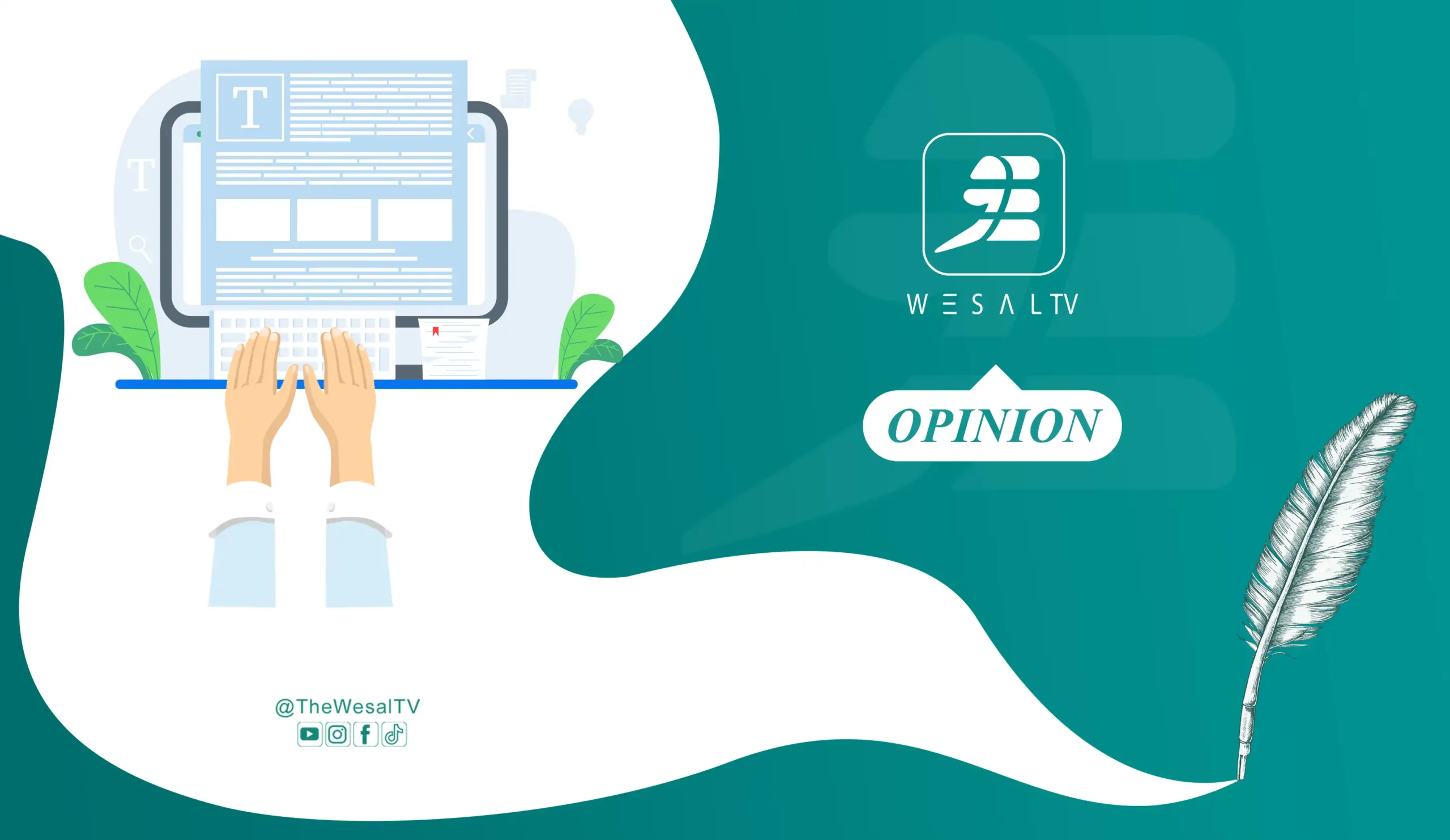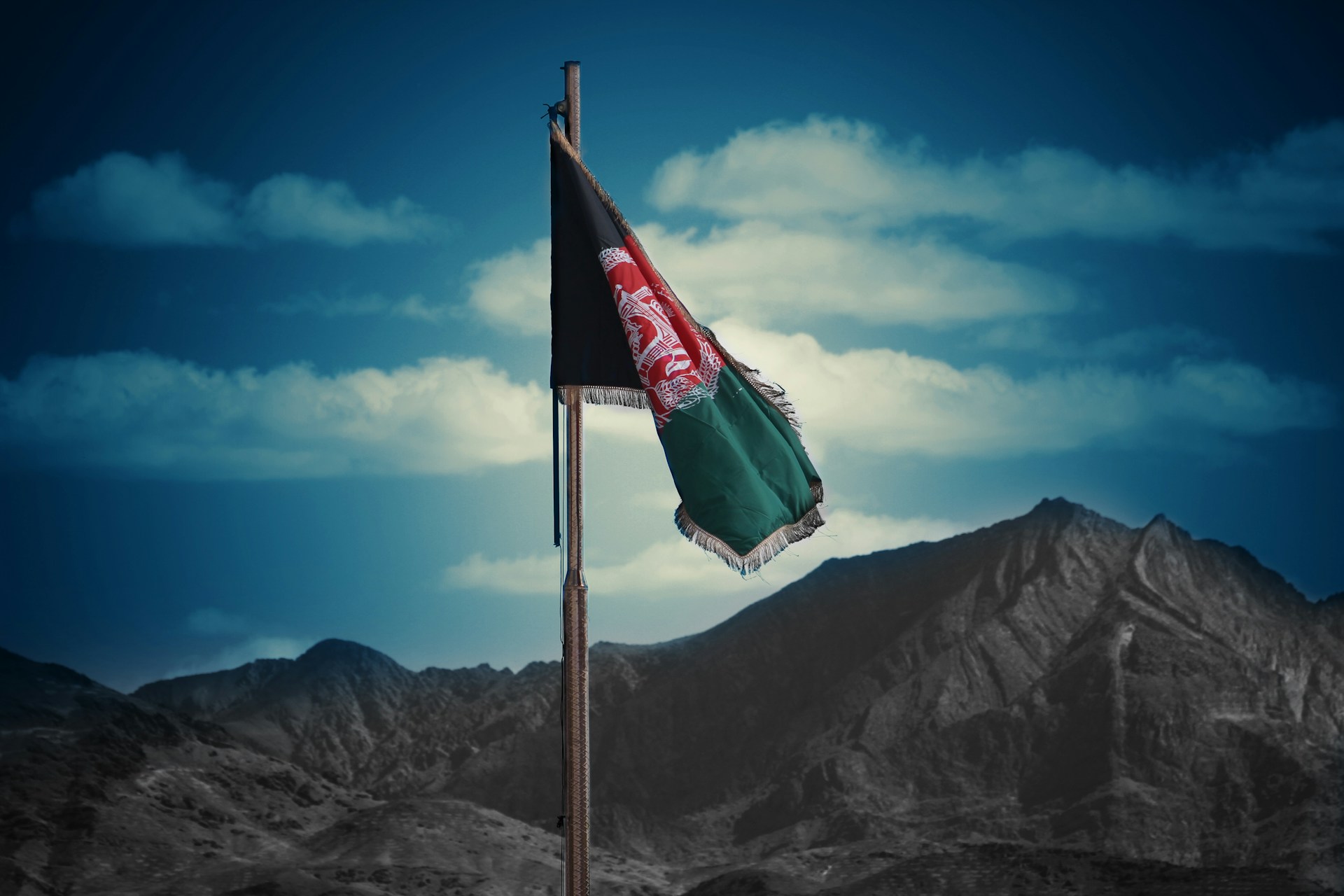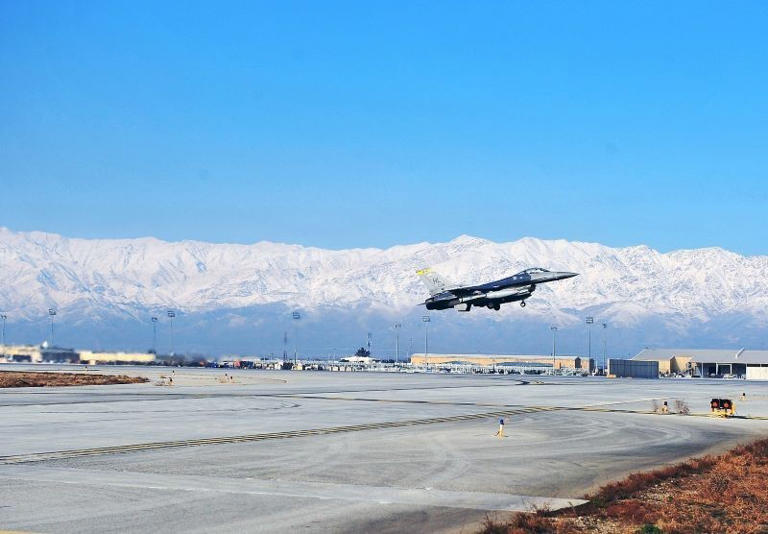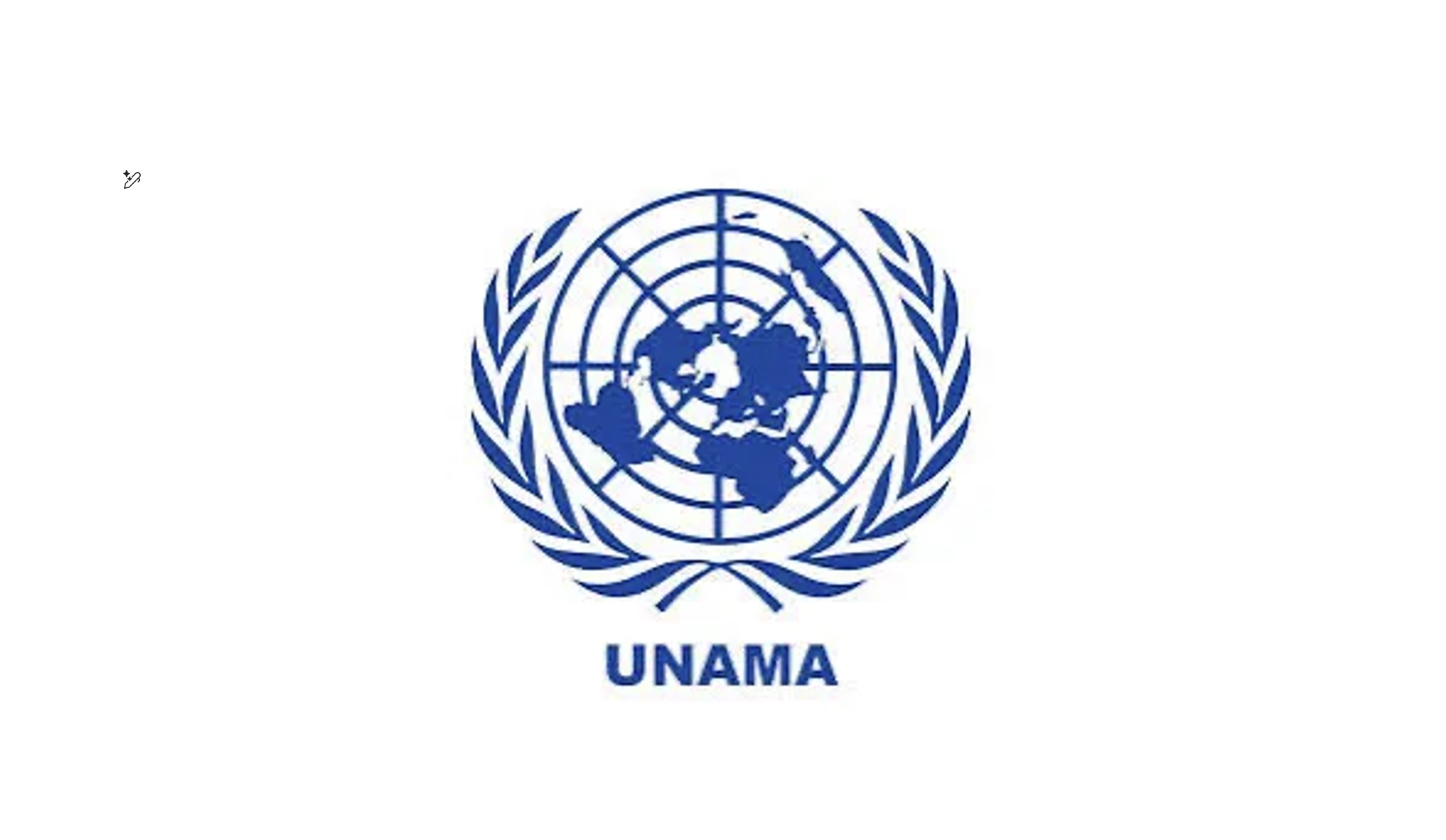Contents
Is “non-violence” the right way to get your rights?
Ethical-Philosophical Foundations of Nonviolence
Immanuel Kant’s Deontology or the School of Moral Responsibilities
John Stuart Mill’s Utilitarianism or Philosophy Based on Consequences
Why Should Violence Be Rejected?
Loss of Ethical Support and Legitimacy.
Historical and Contemporary Examples of Nonviolence.
American Civil Rights Movement
South African Civil Rights Equality Movement
Khudai Khidmatgar Movement in Pashtun Regions
Pashtun Tahafuz Movement (PTM)
Long-Term Benefits of Nonviolence.
Economic Stability and Development
Wide Embrace of Nonviolent Struggles.
Empowerment of Women and Minorities.
Criticisms and Challenges to Nonviolent Struggle.
Misinterpretation and Pressure.
Suppression by Dictatorial Regimes.
Maintaining Nonviolence Under Harsh Conditions.
For Further Information, See These Sources
Is “non-violence” the right way to get your rights?
Introduction
Recently, the nonviolent struggle has faced many criticisms; some argue that this type of struggle lacks a philosophical foundation; others claim that it provides no benefit to nonviolent activists; some say the time for such struggle has passed, and a new approach, struggle, and philosophy, based on force, are needed. Others say that while this struggle is good and applicable in its place, it yields no results in third-world countries, where power and authority rest solely with the ruling government, which makes laws as it pleases, without needing anyone’s help or involving others in law-making. These regimes have dictatorial tendencies; thus, nonviolent struggle does not work, and activists’ voices are not heard in such countries.
Regarding the October 11, 2024 peaceful meeting held by a Pashtun people’s movement (Pashtun Tahafuz Movement[PTM]), some Pashtuns are of the opinion that “non-violence” should not be used in this meeting, at least it should be made clear that When we will end our peaceful struggle and start armed struggle? You will also learn about this topic in this article.
This article attempts to examine nonviolent struggle through the lens of three ethical schools: Immanuel Kant’s Deontology, John Stuart Mill’s Utilitarianism, and Aristotle’s Virtue Ethics. It will also clarify the differences between nonviolent and violent struggles and demonstrate which is superior and preferable. The main topic of the article is to examine the stance of the Pashtun Tahafuz Movement (PTM), which is based on nonviolence, and compare it to violent approaches.
1. Ethical-Philosophical Foundations of Nonviolence
In this section, we will discuss the ethical-philosophical foundations of three schools:
a. Immanuel Kant’s Deontology or the School of Moral Responsibilities
Immanuel Kant believes that we should treat moral issues as duties and responsibilities. He suggests that actions should be guided by universal moral laws. According to him, actions that are inherently good are indeed good, such as peace, tolerance, brotherhood, and forgiveness, while actions that are inherently bad, such as violence, killing, and torture, are bad, even if aimed at a noble cause. In simple terms, his philosophy means there is no justification for violence, force, torture, or killing.
While extremists see some material or imaginary benefits in oppressing, killing, and inflicting violence on others, the nonviolent struggle’s activities and actions are based on peace, tolerance, justice, and law. Therefore, it is inherently good and allows people to defend and claim their rights without harming anyone. This truth may have few supporters, but it is a fact that nonviolent struggle is inherently good, while violence and conflict are inherently unethical and unacceptable actions.
Nonviolent struggle meets all the demands and criteria of Kant’s ethical theory and supports it. Kant says the more we follow nonviolence, the more peaceful and secure the world will become.
b. John Stuart Mill’s Utilitarianism or Philosophy Based on Consequences
Contrary to Kant’s theory, John Stuart Mill’s philosophy focuses on the outcome of actions, valuing those that result in happiness and positivity. It is evident that nonviolent struggle prevents many grievances and pains. For example, we still remember the military operations against the TTP in Waziristan by the Pakistani army in the late first decade of the 21st century, resulting in thousands of deaths, destruction of markets and roads, and the demolition of schools and madrasas. This was the result of violence, bringing misery to the Pashtuns that still affects them today. Do we really want another such disaster to occur? Clearly, violence can never bring happiness, only war, pain, sorrow, and grief. We cannot bear the death of even one grieving person today; how can we endure the deaths of thousands if we resort to violence? What will soothe the pain of the deaths of these thousands of young people?
c. Aristotle’s Virtue Ethics
Instead of focusing on the nature of actions, Aristotle emphasizes the traits of individuals, arguing that people with certain characteristics are good or bad, leading to harmony in society. Aristotle’s ethics emphasize harmony, brotherhood, compassion, cooperation, and good behavior. These are the traits of nonviolent activists, such as Gandhi, Nelson Mandela, Martin Luther King, Abdul Ghaffar Khan (Bacha Khan), and Manzoor Pashteen. According to Aristotle, if everyone in society possesses such high ethics, we can have a wonderful and healthy society.
The philosophy of nonviolence meets all the criteria of Aristotle’s virtue ethics, making it acceptable according to his philosophy.
2. Why Should Violence Be Rejected?
The main characteristic of violence is that it breeds more violence, resulting in destruction, devastation, pain, and sorrow. If we explain it further, violence creates a vicious cycle of revenge. The initial perpetrator faces retaliation, leading to continuous violence.
Revenge is a prominent feature of Pashtun social behavior; some sociologists consider it a significant element of Pashtunwali (Pashtun code of conduct), with enough proverbs, couplets, and other folkloric evidence supporting it. In Pashtun society, personal feuds can last for decades, and tribal conflicts can span centuries, causing ongoing problems. Over the past fifty years, Afghanistan has experienced continuous violence, with each act of violence generating another. This issue is not limited to the Pashtuns; it is scientifically proven with enough research.
In southern Pashtun regions, if violence is resorted to, it creates more violence, fostering hatred and enmity among tribes. If we examine the emergence of TTP in northern Pakistan, it was the beginning of violence, causing severe military reactions from the Pakistani army, leading to the 2009 military operations named “Rah-e-Raast” and “Rah-e-Nijat” in Waziristan, resulting in extensive suffering. Thousands of Pashtuns lost their homes and relatives, and some even fled to Afghanistan, settling in Khost, still living there. This did not solve the problems but paved the way for continued violence.
Fortunately, the PTM was a peaceful and nonviolent voice for Pashtun rights within Pakistan, inspired by Bacha Khan’s nonviolence. Had they not followed Bacha Khan’s path, their movement might have ended like TTP, with the Pakistani army again targeting them. This could have led to military operations, massacres, and bombings, resulting in widespread destruction.
Pakistan can easily attract international, especially American, assistance for anti-violence campaigns. Even now, there is a drone and operation collaboration agreement with America. If PTM had emerged through violence, it would have faced a fate similar to TTP, becoming a target not only for the Pakistani military but also for American airstrikes, bringing nothing but misery to the Pashtuns.
a. Destruction and Loss of Life
The question here is, why do we resort to violence? What is so valuable that we resort to violence for it? Our goal is progress or, at least, a peaceful and normal life free from conflict and violence, but violence destroys everything. Progress does not come with violence; the economy does not thrive, education halts, or its standards drop significantly.
We can easily cite examples from western and central African countries, as well as Syria, Iraq, and Yemen in the Middle East, where continued violence has hindered their progress and blocked their happiness.
b. Loss of Ethical Support and Legitimacy
If a society’s members are sacrificed for a goal or if its stability and progress are compromised, that goal, however lofty, is deemed unethical and immoral. Violent groups lose international support and legitimacy due to their actions.
Many of our people believe that since our rights violators use violence against us, we should abandon nonviolence. This disrupts the balance, prompting us to adopt their approach. No! Through nonviolent struggle, we can gain extensive international support and legitimacy. Examples include the “Women, Life, Freedom” movement in Iran or the “Arab Spring” in the Arab world, which quickly garnered widespread support and legitimacy without violence.
It is evident that wherever violence occurs, it is condemned internationally. Violent groups, regardless of their powerful allies, are condemned due to their violence, just like now in the Middle East, where violent actions by America’s allies are condemned by millions, even within America and other Western countries.
Even if someone gains power through violence, it is never considered legitimate or legal, just like the Taliban’s takeover, where no one recognizes their rule as legitimate or is willing to interact with them as a responsible government.
c. Strengthening Tyranny
One thing Pashtun leaders and thinkers do not consider is that they talk about revolution, engage in revolutionary actions, and eventually achieve a successful revolution. However, they never discuss life after the revolution or how to protect the values they fought for.
If we look at revolutionary processes worldwide, it becomes clear that violence never brings a just and compassionate leader to power. Violence always brings tyrants and dictators to the throne. Therefore, when a violent struggle succeeds, it paves the way for dictatorship. If we observe the Bolshevik revolution in Russia, the Islamic revolution in Iran, or in Latin America, we see that dictators emerged after these revolutions. When dictators come to power, they pave the way for violence and suppression, and the vicious cycle of revenge begins, depriving people of the freedom they fought for.
Pashtuns talk a lot about freedom but forget about liberty. Their focus is on independence, not individual freedom. They do not speak about personal liberty or oppose governments that take away their individual freedoms.
Violence and dictatorial regimes primarily destroy individual liberty, and if a violent revolution happens in southern Pashtun regions, or if terrorist groups like TTP are supported and brought to power, the outcome will be similar to Iran’s dictatorial revolution, the current regime in Afghanistan, or the Bolsheviks in Russia and Mao’s rule in China.
d. Weakening Social Harmony
Violence weakens social harmony because some individuals take all authority into their own hands for certain actions without consulting others. Their companions are often unaware of these actions until they happen, especially those who do not believe in violence. They do not agree with such actions and are unwilling to engage in widespread destruction and chaos.
3. Historical and Contemporary Examples of Nonviolence
In this section, we discuss several examples of nonviolent struggles:
a. Indian Independence Movement
Mahatma Gandhi’s struggle against British colonial rule in India is a significant example of a nonviolent movement in Asia. Gandhi preferred ethical nonviolent resistance over physical confrontation, inspiring others under colonial rule.
b. American Civil Rights Movement
Martin Luther King Jr. is famous for leading this movement. He and other leaders used nonviolent methods to fight against discrimination in the USA, resulting in significant social and legal changes. His movement aimed at promoting equal civil rights, eliminating discrimination, and avoiding violence, drawing inspiration from Gandhi’s teachings.
c. South African Civil Rights Equality Movement
Nelson Mandela led this movement, advocating nonviolent resistance. After decades of struggle, he achieved the goals of his followers. Today, South Africa enjoys better and happier living conditions compared to other African countries, thanks to this movement. In the late 20th century, South Africa was one of the most discriminating countries, but nonviolence brought about significant positive changes.
d. Khudai Khidmatgar Movement in Pashtun Regions
This movement, led by Khan Abdul Ghaffar Khan (Bacha Khan), rose against British colonialism, emphasizing nonviolence. Khudai Khidmatgar had two main goals: independence from British colonialism and the promotion of development and knowledge among Pashtuns.
Although it did not achieve full independence from British rule, it brought significant social changes among Pashtuns through nonviolence, promoting education and economic activities. Today, the Pashtun areas influenced by Bacha Khan’s ideas differ significantly from those that are not.
e. Pashtun Tahafuz Movement (PTM)
This movement, led by veterinarian Dr. Manzoor Pashteen, is based on nonviolence and legal advocacy for Pashtun rights. PTM is a contemporary example of nonviolent struggle, advocating for civil rights through peaceful protests and legal means. This approach has gained wide internal and international legitimacy and support, strengthening their cause.
4. Long-Term Benefits of Nonviolence
In this section, we discuss the long-term benefits of nonviolence:
a. Sustainable Peace
The most urgent need for Afghanistan and Pashtun regions in Pakistan is sustainable peace, achievable only through nonviolence. Comparing the activities of TTP and PTM, TTP’s violent activities have brought no significant benefits to Pashtuns, while PTM’s nonviolent struggle over the past decade has resulted in significant changes. The Pakistani military’s stance towards Pashtuns has improved, and their individual freedoms are less violated now compared to ten years ago, thanks to PTM’s nonviolent struggle.
The risks posed by the military in Waziristan and other Pashtun areas are now mitigated by PTM’s efforts, as their peaceful and legitimate voice is recognized internationally. Sustainable peace, achievable only through nonviolence, ensures individual freedoms, women’s rights, educational progress, and material development. Without sustainable peace, these achievements are impossible. Violence, on the other hand, ensures ongoing conflict, destruction of infrastructure, and societal disruption.
b. Economic Stability and Development
Sustainable peace, achievable only through nonviolence, preserves both physical infrastructure and human resources. In a peaceful society, educational centers remain open, human resources are nurtured, and these human resources ultimately drive economic development. Therefore, human resources take precedence over natural resources, and sustainable peace ensures the nurturing and preservation of human resources.
Unfortunately, violence and conflict not only fail to guarantee the preservation and nurturing of human resources but also drive them away, leaving only those with violent thoughts who are not concerned with development and innovation, leading to economic decline.
Leadership or societies genuinely aiming for economic development must avoid violence, as it destroys human resources, progress, and the economy.
c. Wide Embrace of Nonviolent Struggles
Nonviolent struggles allow participation from all segments of society: women, the elderly, young people, even the disabled.
In short, everyone with legal obligations can participate in nonviolent struggles, claiming their rights. When people unite as a collective voice, their cause gains more attention, and large societies are more likely to support them.
Violent struggles lack this characteristic, as not everyone can participate in them due to various requirements like physical strength, ruthlessness, etc. Elderly people, women, and weak individuals cannot participate in violent struggles, making these struggles less representative of a society’s collective voice. Nonviolent struggles, however, have a wide embrace, open to everyone.
d. Promotion of Human Rights
It is clear that the philosophy of nonviolence is committed to human rights, principles agreed upon by all international communities. Nonviolent struggles gain wide international support and legitimacy because they protect the rights of everyone involved—elders, children, youth, women, and even enemies—both during and after the struggle.
Therefore, nonviolent struggles are noble, aligning with all international principles and not inciting hatred.
e. Impact on Education
Education plays a crucial role in nonviolent struggles. Their teachings and principles are based on knowledge, and one of their goals is to spread knowledge. Naturally, during and after such struggles, the level of education is higher and more standardized compared to violent struggles, as sustainable peace creates a conducive environment for educational centers to operate.
f. Empowerment of Women and Minorities
In nonviolent struggles, the human rights of all citizens are protected, ensuring that no one’s rights are violated, whether they are women, minorities, or anyone else.
Prominent women in nonviolent movements serve as role models for other women, drawing inspiration from their leadership and struggles.
For instance, we can mention Uranga Lony or Gulalai Ismail, as well as the mothers and sisters of PTM leaders, who participate in struggles alongside their sons and brothers, inspiring other women in their society and even impacting women in other marginalized communities. PTM’s leading women influenced Baloch women, leading to the emergence of young activists like Dr. Mah Rang Baloch.
PTM also provides opportunities for marginalized minorities to join them in their struggle, advocating for their rights collectively.
g. Resilience Level
The resilience level of nonviolent struggles is stronger than that of violent groups, as nonviolent activists do not face as much loss in severe military operations. They can sustain their activities for years and adapt easily to changing situations, gaining internal and international support and legitimacy. They can strike and criticize without fear of threats or severe military retaliation.
5. Criticisms and Challenges to Nonviolent Struggle
In this section, we discuss criticisms and challenges faced by nonviolent struggles:
a. Misinterpretation and Pressure
Fundamentally, our society does not believe in nonviolent struggles for power acquisition and right claiming. There is a saying, “Rights are not given, they are taken.” In Afghanistan and southern Pashtun regions, people consider power acquisition possible only through guns and force, subjecting nonviolent struggles to pressure and mockery.
Taliban-minded individuals also criticize PTM for the same reason. However, the broad consensus in Pakistan and the world shows the strength of this approach.
It is evident that strong reasons are needed for armed resistance and violence. PTM has these reasons but lacks the strength to confront a nuclear power with just a gun. Engaging in emotional decisions often leads to adverse consequences.
b. Suppression by Dictatorial Regimes
Sometimes, these movements face severe repression from dictatorial regimes, subjected to various forms of torture, imprisonment, and even collective oppression. A prime example is the 1948 mass attack on the Khudai Khidmatgar movement, resulting in over a thousand deaths. This issue persists; many PTM members in Pashtun regions have been tortured and assassinated recently.
However, on a broader scale, such extreme incidents are rare because governments fear extensive violence due to international
and internal pressures, thus refraining from extensive violent suppression.
c. Maintaining Nonviolence Under Harsh Conditions
During the nonviolent struggle, there are times when the activists face severe oppression from the opposition. They must exercise patience and restraint; “forbearance” is a significant trait of a nonviolent activist.
There are instances where the violence is so extreme that some nonviolent activists urge their leaders to respond with violence. However, the leaders remain committed to their principles and international human rights standards, continuing their nonviolent approach.
Since its inception, PTM has made sound and reasonable decisions. One such decision is never responding to violence with violence and never participating in any political party, always remaining a rights-seeking movement.
d. Slow but Long-Term Progress
It is unrealistic and unnatural to expect all societal problems to be solved quickly through a political change, leading to immediate progress. This is a miracle, and miracles are over.
Naturally, conditions will gradually improve; people will awaken, the level of consciousness will rise, rights will be secured, and economic growth will occur slowly.
One revolution paves the way for another, and we have repeatedly seen and experienced this throughout history. Slow progress is a characteristic of long-term stability.
Conclusion
In conclusion, nonviolent movements have ethical and philosophical foundations and are supported and legitimate from economic, legal, and human rights perspectives.
It is a struggle consistent with all human demands and doctrines, gradually improving people’s conditions.
In the philosophy of nonviolence, every member of society can participate, and everyone’s rights are protected. These struggles do not bring fear, pain, or sorrow but aim for the happiness and satisfaction of individuals both during and after the struggle.
For Further Information, See These Sources
-Johnson, R. (2021). Kant’s moral philosophy. In E. N. Zalta (Ed.), The Stanford Encyclopedia of Philosophy (Winter 2021 Edition). Retrieved from https://plato.stanford.edu/archives/win2021/entries/kant-moral/
-Crisp, R. (2021). Well-being. In E. N. Zalta (Ed.), The Stanford Encyclopedia of Philosophy (Winter 2021 Edition). Retrieved from https://plato.stanford.edu/archives/win2021/entries/utilitarianism/
-Hursthouse, R., & Pettigrove, G. (2018). Virtue ethics. In E. N. Zalta (Ed.), The Stanford Encyclopedia of Philosophy (Fall 2018 Edition). Retrieved from https://plato.stanford.edu/archives/fall2018/entries/ethics-virtue/
Historical and Contemporary Examples
-Rittenberg, S. (2018). The Khudai Khidmatgar: Nonviolent soldiers of Islam. Journal of South Asian Studies. Retrieved from https://www.jstor.org/stable/
-Hardiman, D. (2011). Gandhi’s nonviolent resistance. In The Oxford Handbook of the History of Nationalism. Retrieved from https://www.oxfordhandbooks.com/
-Carson, C. (2011). Martin Luther King, Jr.: Charismatic leadership in a mass struggle. In The Oxford Handbook of African American Citizenship, 1865-Present. Retrieved from https://www.oxfordhandbooks.com/
-Mahsud, S. (2018). The rise of Pashtun Tahafuz Movement in Pakistan: A voice for the voiceless. South Asian Voices. Retrieved from https://southasianvoices.org/rise-pashtun-tahafuz-movement-pakistan-voice-voiceless/
Additional Themes
-Sachedina, A. (2006). Islam and the challenge of democratic pluralism. Islamic Studies. Retrieved from https://www.jstor.org/stable/
-Sharp, G. (2013). From dictatorship to democracy. Albert Einstein Institution. Retrieved from https://www.nonviolenceinternational.net/
-Moghadam, V. (2005). Gender and social movements: Overlapping interests and networks. United Nations Research Institute for Social Development. Retrieved from http://www.unrisd.org/
How Non-Violence Helps Security, Peace, Stability, and Economic Development
-Ackerman, P., & Duvall, J. (2000). A force more powerful: A century of nonviolent conflict. International Center on Nonviolent Conflict. Retrieved from https://www.nonviolent-conflict.org/
-Schock, K. (2003). Nonviolent action and its misconceptions: Insights for social scientists. PS: Political Science and Politics, 36(4), 705-712. Retrieved from https://www.cambridge.org/
-Chenoweth, E., & Stephan, M. J. (2011). Why civil resistance works: The strategic logic of nonviolent conflict. International Security, 33(1), 7-44. Retrieved from https://www.mitpressjournals.org/
-Garry, T. (2019). The economic impacts of peaceful protests. World Bank Blog. Retrieved from https://blogs.worldbank.org/
Importance of Non-Violence
-International Center on Nonviolent Conflict. (n.d.). Why nonviolence? Retrieved from https://www.nonviolent-conflict.org/why-nonviolence/
-The Peace and Conflict Studies Institute. (n.d.). The case for nonviolence. Retrieved from http://pacs.ehess.fr/
Views: 146












